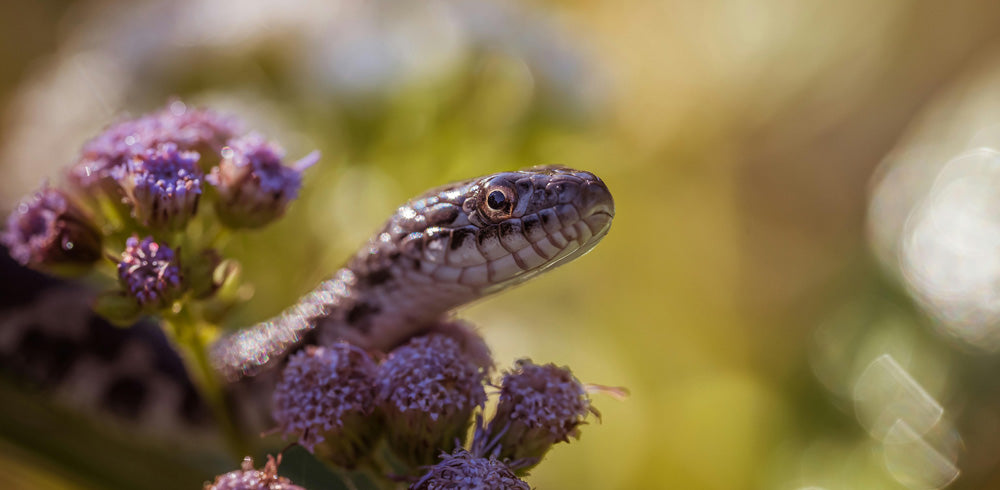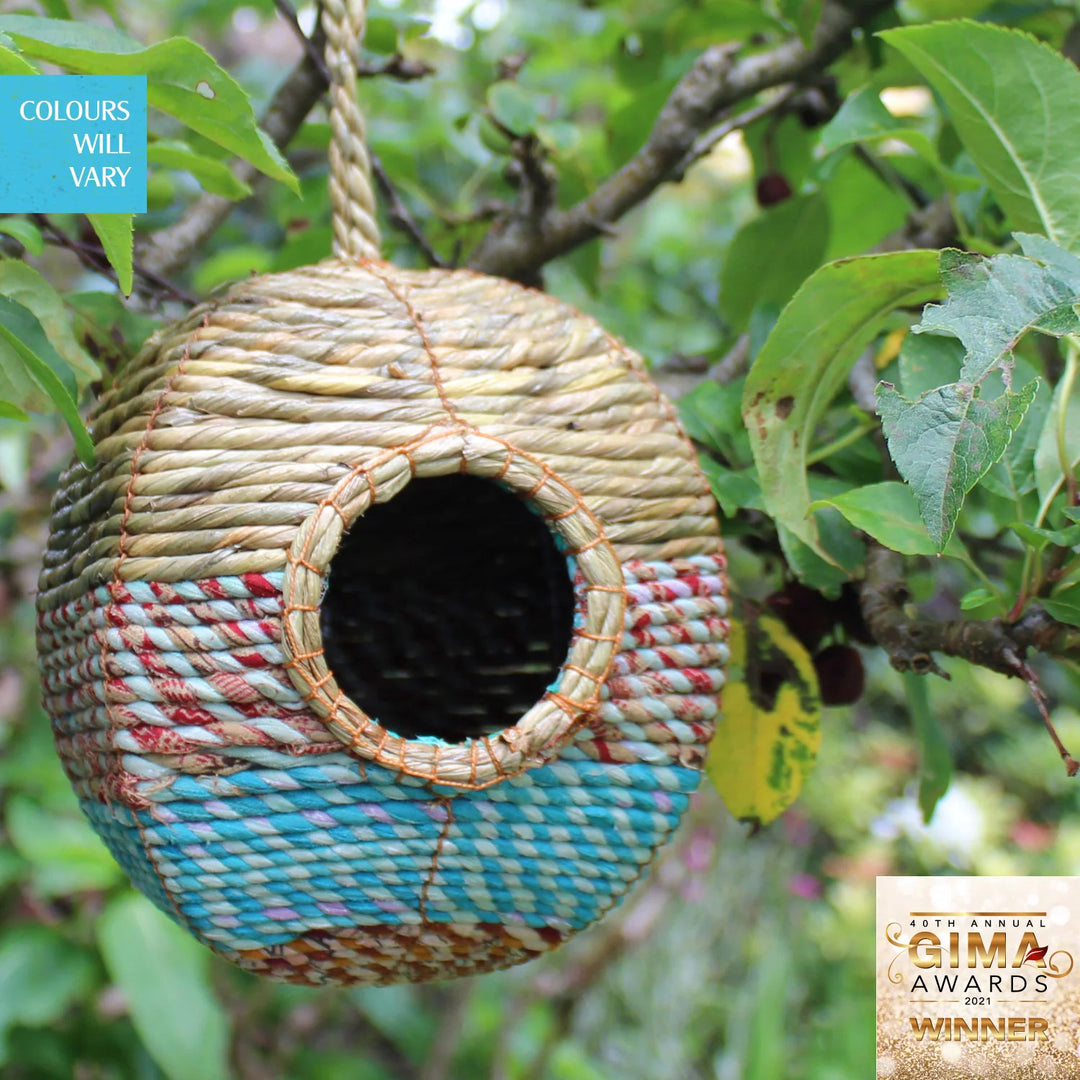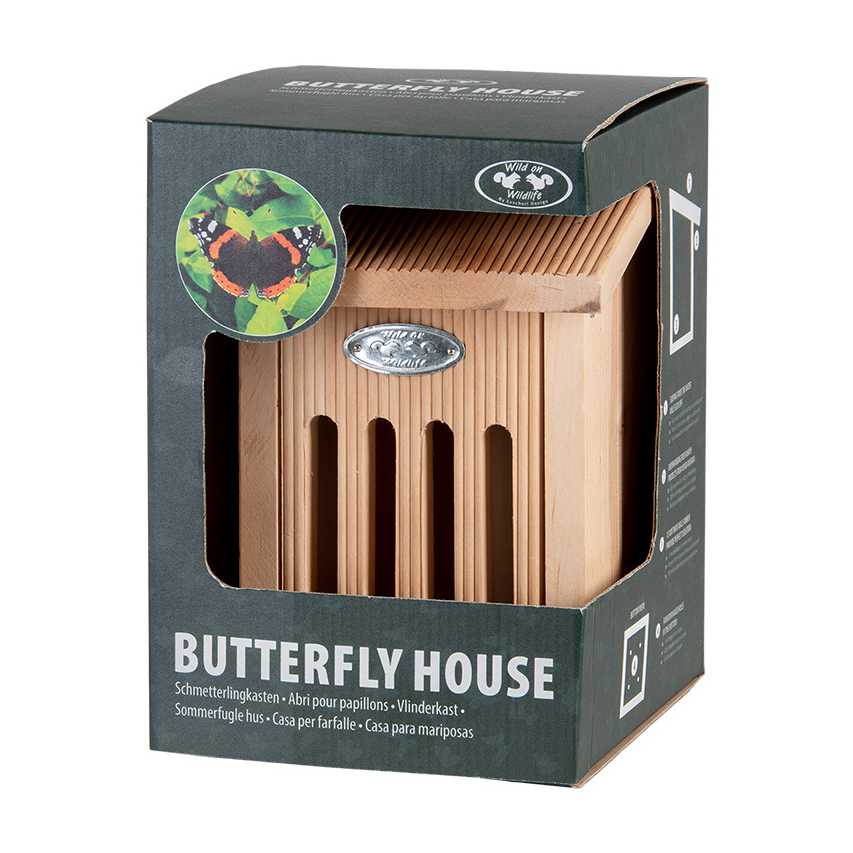Adders
Adders, also known as Vipera berus, are a species of venomous snake found in the United Kingdom. They play an important role in the ecosystem, but they are also facing threats that put their survival at risk. Let’s delve deeper into the world of adders in the UK, exploring their diet, habitat, conservation status, and the challenges they face.
Diet: Adders are carnivorous reptiles that primarily feed on small mammals, such as mice, voles, and shrews. They are also known to consume birds, frogs, and even other snakes. Adders are ambush predators, using their venom to immobilize their prey before swallowing it whole. Their diet plays a crucial role in controlling the population of rodents, making them valuable members of the ecosystem.
Habitat: Adders can be found in a variety of habitats across the UK, including heathlands, moorlands, woodlands, and grasslands. They prefer areas with a mix of open spaces and cover, where they can bask in the sun to regulate their body temperature and retreat to shelter when needed. Adders are particularly fond of areas with rocky outcrops or dense vegetation, which provide them with hiding spots and opportunities to hunt for prey.
Protected Status: In the UK, adders are a protected species under the Wildlife and Countryside Act 1981. It is illegal to intentionally kill, injure, or disturb adders in their natural habitat. This protection is crucial for ensuring the survival of these iconic snakes, which have faced declines in recent years due to habitat loss, persecution, and other threats.
Hibernate: During the winter months, adders enter a state of hibernation to conserve energy and survive the cold temperatures. They typically hibernate in underground burrows or other sheltered locations, where they remain dormant until the weather warms up again in the spring. Hibernation is a critical period for adders, as it allows them to survive harsh conditions and emerge ready to breed and feed in the warmer months.
Endangered Status: Despite their protected status, adders in the UK are facing increasing pressures that threaten their survival. Habitat loss due to urban development, agriculture, and forestry practices is a major threat to adders, as it reduces the availability of suitable habitats for them to thrive. In addition, adders are often targeted by farmers and landowners who see them as a threat to livestock or as pests.
Colour Variation: Adders exhibit a wide range of colour variations, with individuals displaying shades of grey, brown, black, and even red. The most common colour pattern for adders in the UK is a dark zigzag stripe running down the length of their back, which helps them blend in with their surroundings and avoid detection by predators. This variation in colouration is an adaptation that allows adders to camouflage themselves in different habitats and environments.
In conclusion, adders are fascinating and important reptiles that play a vital role in the ecosystem. Their diet of small mammals helps control rodent populations, while their habitat preferences make them valuable indicators of ecosystem health. However, adders in the UK are facing threats that put their survival at risk, including habitat loss, persecution, and climate change. By raising awareness about the importance of adders and taking steps to protect their habitats, we can help ensure the continued existence of these iconic snakes for future generations to enjoy.
Diet: Adders are carnivorous reptiles that primarily feed on small mammals, such as mice, voles, and shrews. They are also known to consume birds, frogs, and even other snakes. Adders are ambush predators, using their venom to immobilize their prey before swallowing it whole. Their diet plays a crucial role in controlling the population of rodents, making them valuable members of the ecosystem.
Habitat: Adders can be found in a variety of habitats across the UK, including heathlands, moorlands, woodlands, and grasslands. They prefer areas with a mix of open spaces and cover, where they can bask in the sun to regulate their body temperature and retreat to shelter when needed. Adders are particularly fond of areas with rocky outcrops or dense vegetation, which provide them with hiding spots and opportunities to hunt for prey.
Protected Status: In the UK, adders are a protected species under the Wildlife and Countryside Act 1981. It is illegal to intentionally kill, injure, or disturb adders in their natural habitat. This protection is crucial for ensuring the survival of these iconic snakes, which have faced declines in recent years due to habitat loss, persecution, and other threats.
Hibernate: During the winter months, adders enter a state of hibernation to conserve energy and survive the cold temperatures. They typically hibernate in underground burrows or other sheltered locations, where they remain dormant until the weather warms up again in the spring. Hibernation is a critical period for adders, as it allows them to survive harsh conditions and emerge ready to breed and feed in the warmer months.
Endangered Status: Despite their protected status, adders in the UK are facing increasing pressures that threaten their survival. Habitat loss due to urban development, agriculture, and forestry practices is a major threat to adders, as it reduces the availability of suitable habitats for them to thrive. In addition, adders are often targeted by farmers and landowners who see them as a threat to livestock or as pests.
Colour Variation: Adders exhibit a wide range of colour variations, with individuals displaying shades of grey, brown, black, and even red. The most common colour pattern for adders in the UK is a dark zigzag stripe running down the length of their back, which helps them blend in with their surroundings and avoid detection by predators. This variation in colouration is an adaptation that allows adders to camouflage themselves in different habitats and environments.
In conclusion, adders are fascinating and important reptiles that play a vital role in the ecosystem. Their diet of small mammals helps control rodent populations, while their habitat preferences make them valuable indicators of ecosystem health. However, adders in the UK are facing threats that put their survival at risk, including habitat loss, persecution, and climate change. By raising awareness about the importance of adders and taking steps to protect their habitats, we can help ensure the continued existence of these iconic snakes for future generations to enjoy.




























